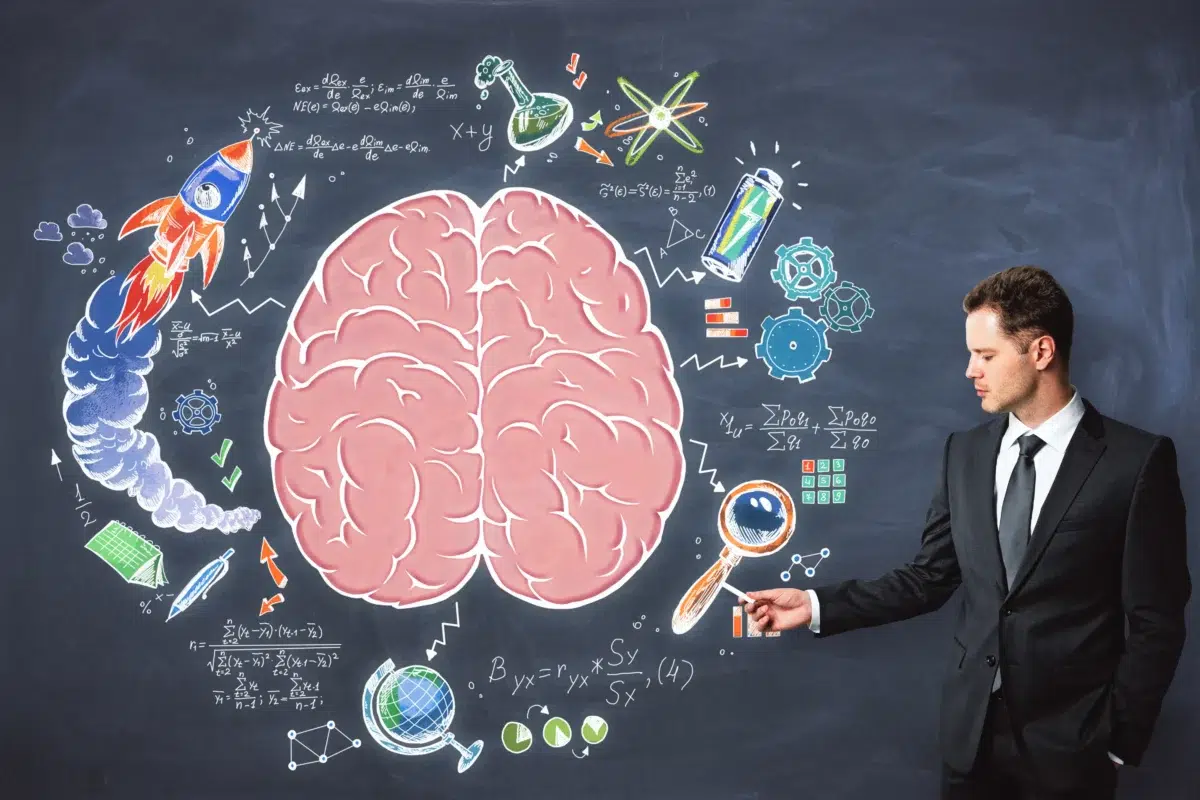
Blog
Motivations.. Learn the most important theories of brain motivation

Motivation is a cognitive and emotional component factor, and in addition, it helps us to guide our behaviors to goals, and in fact, these properties are produced by our most important and distinctive organ, the brain of course, and therefore, if we add to this equation the important relationship between brain and stimulation, we have a range of factors, so let’s in sparzz, give you more information and theories.
Some theories about brain motivation
The explanation of motivation as a factor influencing human behavior is something that has been done throughout history, so let’s briefly review some of the best known theories.
1- Hull’s theory
Based on the concepts of conditional reaction to Pavlov and other behavioral researchers, there is an external internal balance (internal balance) in a living organism that can reduce driving.
This theory assumes that not all human needs have a purely biological origin.
2- Tolman theory
Tolman built his theory with the importance of people’s interaction with the environment, in other words, if we look at learning as acquiring knowledge, he offers a vision of “anticipation” as part of the process.
As a result, he formulated the “expectation theory” in which he suggested that learning was far from implementation and that such adaptation was limited.
3- Herzberg’s double factor theory
This theory states that there is a close relationship between individuals and institutions, and given that the scope of his work, his view on motivation states that work is the most important activity of a person, and because of this, a person can meet his or her social needs, so he or she refers to successful work performance as an achievement, and there are some factors in the institution that are considered motivators in a person, such as personal relationships between peers, bosses, working conditions, as well as salary and job stability.

If these factors are realized, what we call motivation will be created by the individual, an element that operates internally.
4- McClelland’s theory of social motivations
McClelland argues that motivation consists of expectations and connections formed and built from emotional experiences, and after studying in the field of economic and social development, his results focus on three social motivations he considers essential:
- The impulse to power, i.e. the internal need that determines a person’s behavior to influence others, manifests itself in actions that affect the rest, and these actions usually negate the emotional relationship.
- Belonging, which is the social behavior that responds to emotional relationships with others, in which case a person seeks to be accepted by others and considers interpersonal relationships to be extremely valuable.
- Achievement, which is the need for the human being to achieve realistic goals that satisfy him, through qualitative activities, and allow him to place himself in different ways in a distinct social context.
5- Atkinson’s theory
This theory focuses on the motivations people have and how they perceive their performance, and focuses on the motivations for achievement that refer to a linear model, the formulation of the incentive concept, and, in addition, it highlights that success and failure are manifested differently in every subject.
Motivation and brain
Viewed from a biological perspective, motivation entails activation of some physiological, cognitive, behavioral, and motor processes in response to a task. Among the different systems involved are:
- The central nervous system: which allows nerve cells to enter an excited state to be activated according to the stimulus received by the body.
- Limbic region: which is involved in the processing of emotions.
- The brain reward system: The nucleus is involved, i.e. it plays a key role, thanks to the release of dopamine, which stimulates repetitive behavior.
- Orbital frontal cortex: It is involved in stimulation and emotional treatment of stimuli, thanks to its connection to the limbic system through the amygdala (basal and lateral), subcortex, nasal and biological cortex.
Internal and external motivation
According to some of the sources on which we relied in SPARZZ, motives are understood as perceived or unconscious reasons for the activity we do that contain the needs and values of each person.
We talk about the intrinsic motivation when the reasons for a particular action are found within the person, and as a result, it is the same person who promotes that motivation, which will lead him or her to tasks that will give him or her pleasure, so individual factors such as your inclinations and interests are essential.
Motivation is undoubtedly an essential element of processes such as education, a point of concern throughout history because of its impact on human behavior, and thus, motivation can be said to be an essential element to be able to undertake any activity and pursue success in its implementation.

One thought on “Motivations.. Learn the most important theories of brain motivation”